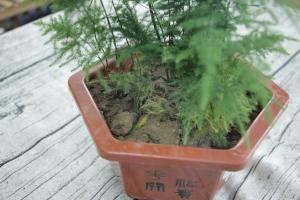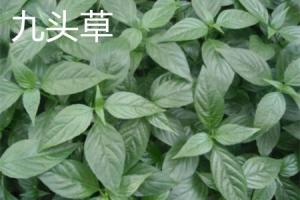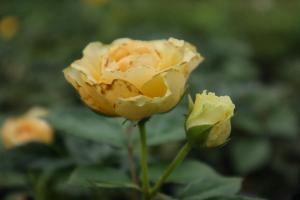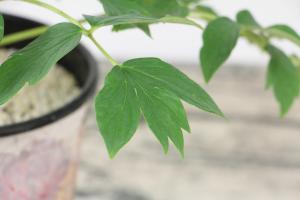When to Plant Persimmon Trees in California
Persimmon trees (Diospyros kaki) are popular fruit trees in California due to their delicious fruits and attractive appearance. They thrive in warm to hot climates and require adequate sun exposure and well-draining soil to produce high-quality fruit. If you're planning to plant a persimmon tree in California, here are some factors to consider and the best time to plant.
Factors to Consider
When planting persimmon trees in California, some factors to keep in mind include:
Climate: Persimmon trees prefer warm to hot climates that are similar to their native regions in Asia. In California, they grow best in hardiness zones 7-11, which include the central and southern parts of the state.
Soil: Persimmon trees require well-draining soil with a pH level of 6.0-7.5. If your soil is heavy, amend it with organic matter such as compost, aged manure, or peat moss to improve drainage and fertility.
Site selection: Persimmon trees need at least six hours of direct sunlight daily to produce fruit. Choose a site that receives full sun and is protected from strong winds that can damage the tree and its fruits.
Water: Persimmon trees require regular watering during the growing season, especially during dry spells. Ensure that the soil is moist but not waterlogged to avoid root rot.
Varieties: There are two types of persimmon trees: astringent and non-astringent. Astringent persimmons are high in tannins, which make the fruit bitter until it fully ripens. Non-astringent persimmons are sweeter and can be eaten when firm or slightly soft.
Best Time to Plant
The best time to plant persimmon trees in California is in late winter or early spring when the soil is moist and the temperatures are mild. This allows the tree to establish its root system before the onset of hot summer weather. Avoid planting in the summer or fall when the soil is dry and the temperatures are high, as this can stress the tree and reduce its growth and fruit production.
If you're planting bare-root persimmon trees, it's best to do so in late winter while they are dormant. It's important to soak the roots in water for several hours before planting to rehydrate them.
Container-grown persimmon trees can be planted any time during the growing season as long as the soil is moist but not waterlogged. It's important to keep the tree well-watered during the first few weeks after planting to encourage root growth and establishment.
Care Tips
After planting persimmon trees, it's important to take care of them to ensure proper growth and fruit production. A few care tips to consider include:
Water: Persimmon trees require regular watering during the growing season, especially during dry spells. A good rule of thumb is to water deeply once a week, or more often if the soil is dry.
Fertilizer: Persimmon trees don't require much fertilizer, but it's beneficial to feed them with a balanced fertilizer (10-10-10) twice a year - once in early spring and again in midsummer.
Pruning: Persimmon trees require minimal pruning, but it's important to remove any dead, damaged or diseased branches regularly to promote air circulation and prevent pests and diseases.
Pest and disease control: Persimmon trees are prone to certain pests and diseases such as aphids, scale, mites, and root rot. Keep an eye on your tree for any signs of infestation or infection and treat it promptly with organic or chemical methods.
Mulch: Mulching around the base of your persimmon tree can help retain moisture, suppress weeds, and regulate soil temperature. Use organic mulch such as shredded leaves, bark, or straw but avoid piling it up against the trunk.
Conclusion
Planting persimmon trees in California can be a rewarding experience for any home gardener or fruit tree enthusiast. Knowing when to plant, how to care, and what to expect can ensure that your tree thrives and produces delicious fruits for years to come.

 how many times do yo...
how many times do yo... how many planted tre...
how many planted tre... how many pine trees ...
how many pine trees ... how many pecan trees...
how many pecan trees... how many plants comp...
how many plants comp... how many plants can ...
how many plants can ... how many plants and ...
how many plants and ... how many pepper plan...
how many pepper plan...































